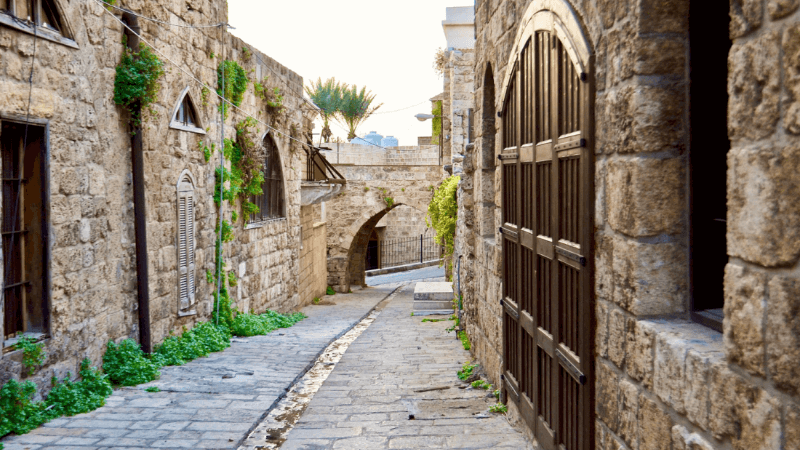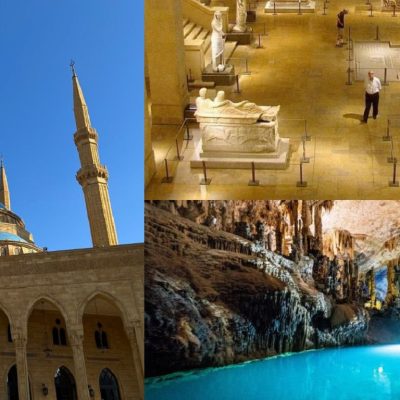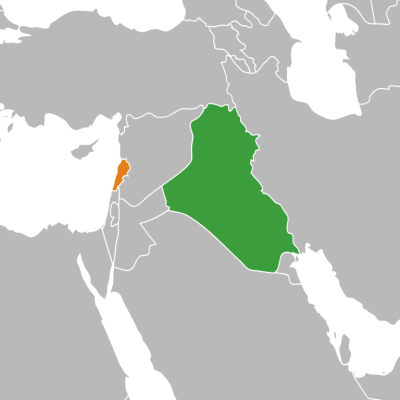The Rich History of Lebanon’s Byblos-One of the World’s Oldest Cities

The Byblos referred to as Jbeil is a symbol of human civilization’s unwavering spirit. It is more than 7,000 years old, making it one of the oldest continuously inhabited cities in the world.
Byblos was founded in the mid-Neolithic period which is around 8800 to 7000 BC and went on to become an important Phoenician port city. Its position along the coast provided distinct advantages, allowing the city to facilitate trade mainly exporting cedar wood to the ancient Egyptians, who called Byblos ‘Kubna’.
The city of Byblos was famous in many ages. In the Bronze Age, it was a commercial and religious center and monumental temples were built there. Also, the use of the Phoenician alphabet which originated in Byblos, demonstrates the prominence of Byblos as a dissemination point for written language.
The Greco-Roman period was another significant chapter in the history of Byblos as it became a center for the export and import of papyri which is the precursor to paper demonstrating its importance in the transfer of knowledge.
Despite undergoing changes during Byzantine rule and again through the time of the Crusades, the rich historical tapestry of Byblos continues to be showcased. The archaeological sites including ancient temples, medieval walls and Ottoman buildings are providing insight into the various civilizations that have passed through this ancient city.




